- by Lesley Klassen
The global pandemic shone a light on the fragility of life. When looking back at our accomplishments this year we're grateful that we have successes to share. We know many are struggling to keep their spirits up during the holiday season. We will get through this.
When the pandemic hit our province we immediately moved to remote work. This is one of our biggest successes in 2020. We learned we can grow a company, keep on task, and create new processes all from home. This has expanded our capacity to bring in new talent from all over the world.
Although our move to remote work has been pretty smooth, we are missing the traditions of our old office. The photo below is the pole where we would document our post morning meeting chants.
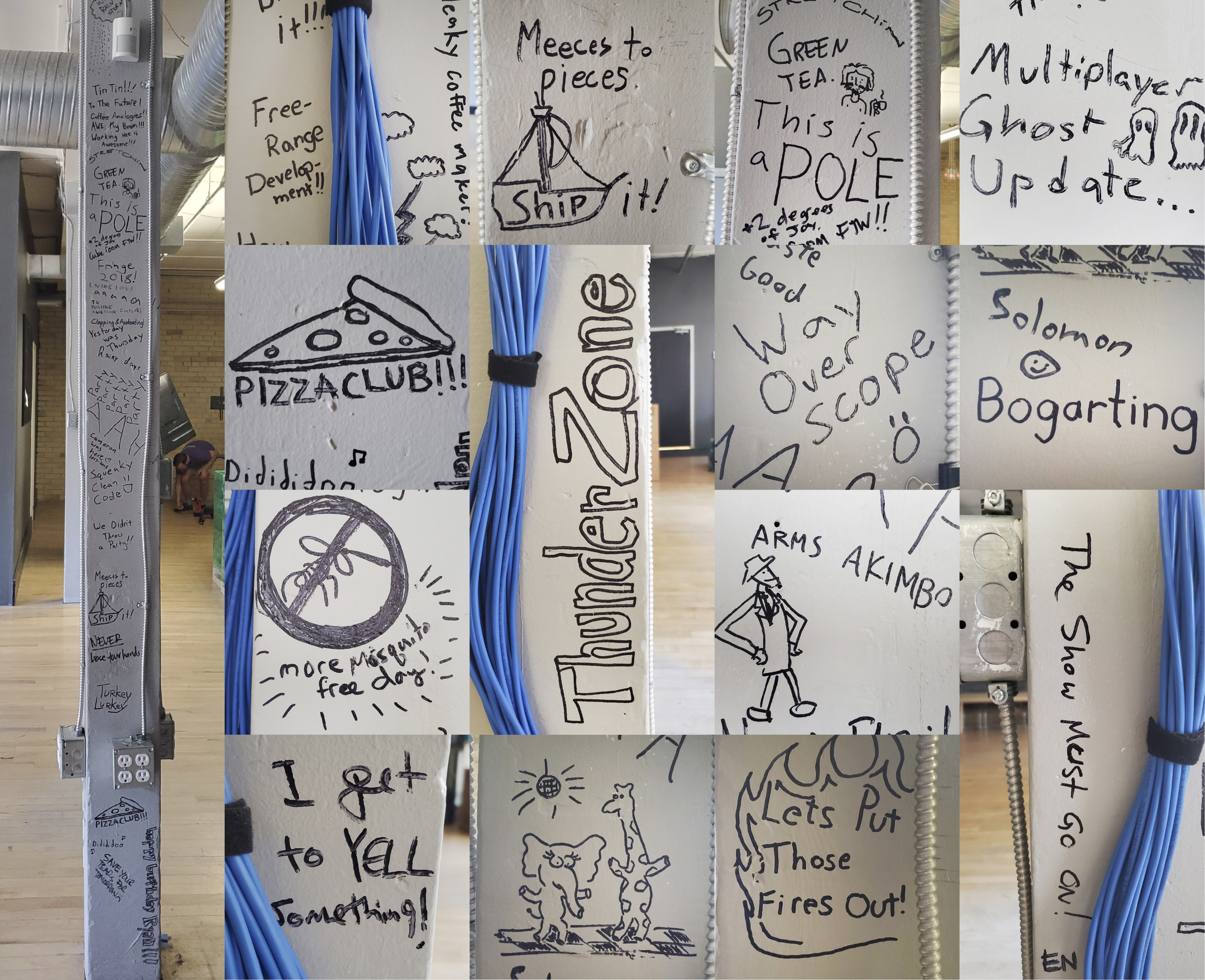
We finished a prototype of an XR viewership app that we are currently developing with our partners at the Canadian Media Fund. In 2021, we will bring it to market. As part of this project we are releasing three pieces of content including a branching narrative called The Outlaw. We will share more in the new year.
We wrapped up a project with the Women's Entrepreneurship Fund that supported porting Flipside Studio to the Quest. This year will expand our efforts and we plan on releasing it in 2021.
We engaged with Seven Oaks School Division and New Media Manitoba to teach virtual production and animation to high school students in Manitoba. During this course, the students worked on a project which was then passed off to a Red River College intern to complete. The COVID Characters is a short documentary created by high school students and made in Flipside Studio.
We also had the joy of working with Bento Box Entertainment, the makers of Bob's Burgers. Although we can't share what we did together we can share that working with their team was a highlight for many us at Flipside XR.
In June we left early access. Venture Beat wrote a great article highlighting our accomplishments. This has been two years in the making and we are excited for the future of Flipside Studio. Along with this, we launch a new website and updated our branding. Our customers work in animation, visual effects, and the interactive industry. Now our brand reflects the professional market we are focused on.
As a Canadian company that has innovation at our core, we were eligible for a number of COVID relief programs. We are grateful that our provincial and federal governments see the value of supporting its workforce. Thank you to NRC-IRAP, the Canadian Media Fund, and the Province of Manitoba.
In spite of everything that's happening in the world, we are hiring in 2021. We know that the world needs tools to create content safely and we will continue to build the tools that Flipside creators need and build out the future of animation.
Thank you to all of our champions, supporters, creators, family and friends who have kept us going since we started this company in 2014. Let's keep pushing through this challenging time and emerge from this pandemic better and more prepared for the future to come.
- by Lesley Klassen
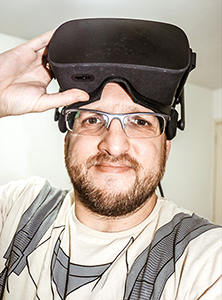 We are excited to announce that Fabio Hofnik is joining us at Flipside as our new Business Developer. As the founder of an XR art and technology festival in Brazil called Hyper Festival, he shares our passion for the convergence of art and VR which makes him a perfect fit for our team.
We are excited to announce that Fabio Hofnik is joining us at Flipside as our new Business Developer. As the founder of an XR art and technology festival in Brazil called Hyper Festival, he shares our passion for the convergence of art and VR which makes him a perfect fit for our team.
Fabio has a breadth of experience in digital content production in the areas of transmedia, digital marketing, broadcast, and he holds a bachelor's degree in Television Production.
Fabio fell in love with VR when he tried the DK2 and he has been focused on the XR industry ever since. He will be joining our team at OC6 this year to help us spread Flipside Studio to the world.
Welcome to Flipside, Fabio!
- by Lesley Klassen
Happy New Year Flipsters!
We're blasting into the new year with a new update. In the last update, we released our multiplayer beta and users are exploring the new changes to the user interface and playing with the new multiplayer features. The feedback has been great. We will continue to make updates to the Beta until it's stable, then we'll push those changes live for all our users. If you want to try out these new features, Sign-up for our Beta!
We've heard you loud and clear. Characters are now represented as photographs rather than miniature models on our palette. This means character previews load faster on the palette so browsing for your favourite characters is much easier and uses less data (for those who have lower bandwidth caps). Thank you to Cybermynd for this suggestion!
Thanks to all our beta users, especially Discord user Derky Sprawl, The VR Girl and vrgamedevgirl for helping us track down key multiplayer bugs!
Check out this snippet from one of Derky Sprawl and The VR Girl's #madeinflipside collabs.
Learn how to use an external microphone to improve the audio quality of your recordings. This tutorial explains how to select an external microphone for the Oculus Rift and the HTC Vive.
Oculus recently made changes to Oculus Home to allow apps to stream directly to Facebook. Flipside Studio now supports this feature. You will need to connect your Oculus account to your Facebook account and opt-in to the Public Test Channel on Oculus Home for this to work. Learn more through our online documentation.
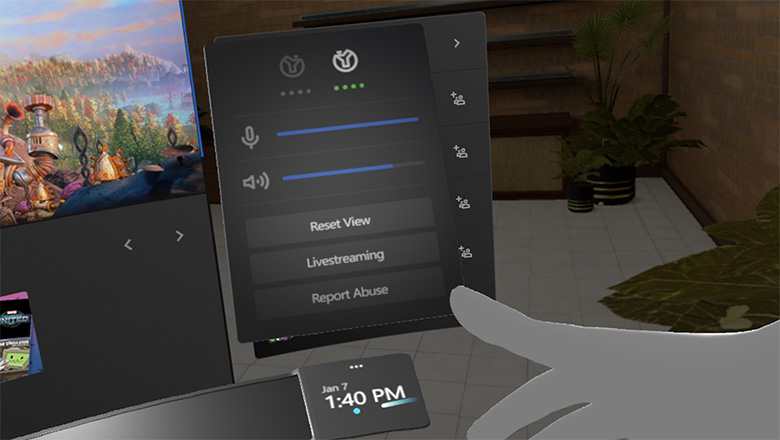
Creator Tools additions (v0.15)
Download the latest version of the creators tools.
We're working hard on ironing out all the bugs with our multiplayer beta. Here are some issues that we're currently digging into.
If you're encountering a new issue, please let us know on Discord or on our Trello Roadmap.
- by Lesley Klassen
At the end of each year, YouTube creates their Rewind video that celebrates the videos, people, music, and memes that hit big. For the first time, YouTube featured animators in their Rewind video.
In fact, animation is really growing on YouTube and you can see this at conferences like VidCon, that are seeing more programming devoted to animation.
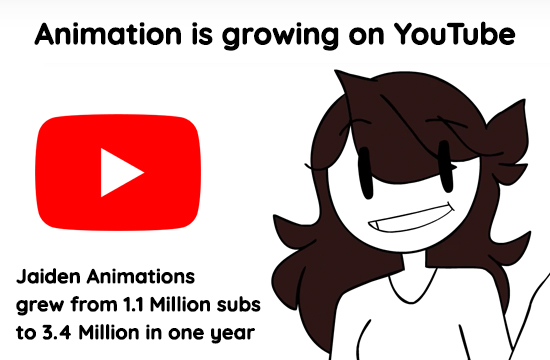
You may be saying to yourself, “What’s the big deal? Animations are becoming more popular on YouTube, so what.” It all comes down to the YouTube algorithm and the added challenges that animators face over live-action content creators.
If you have an hour or more to spare watch this enlightening video on the YouTube algorithm by the Fine Brothers and MatPat from Game Theorist. There are some great insights to take from this video. Primarily, creators need to post regularly and have videos with longer watch times, preferably over 10 minutes long.

Creating 10 minutes of live-action video is challenging enough, but it’s not nearly as tough as it is to create 10 minutes of animated content on a regular basis. It’s actually damn near impossible. Animation takes a long time.
YouTube made it even harder for animators with the new changes to their monetization policy. Now you need 1000 subscribers and at least 4000 hours of viewership over the last 12 months in order to qualify for their YouTube Partner Program. This means that animators need to create 10 minutes of content or longer on a frequent basis, preferably 2 - 3 times a week, and build a subscriber base of 1000 before even turning on monetization. For many animators, why bother?

Channel Frederator represents over 3000 animators on YouTube and provide services that help YouTubers market their animations. They felt the need to respond to the new YouTube monetization policy. "Channel Frederator Network has decided to allow members of the network, who have been kicked out of YouTube's Partnership Program, to stay and use our tools & resources to help them reach new audiences," states Director of Networks Kenneth Ash.
Animators really do have a dilemma. Especially those up and coming channels who haven't reached monetization. That's the thing about animators, they are so passionate about animating that they will persist for the love of the art. But persistence won’t change the YouTube algorithm, however technology can help.
Flipside Studio is a real-time animation studio. We simulate a film set or TV studio inside virtual reality to allow an animator to use filmmaking techniques along with real-time motion capture to make animated content. Because it’s real-time, it takes about the same amount of time to make a Flipside animation as it takes to record a live-action video. We make it easier to make longer animations more frequently so animators can start competing against live-action creators for subscribers and watch time.
There are multiple strategies animators are using to currently keep pace with the demands of the YouTube algorithm, and we know Flipside can help.
We believe that real-time animation technology will play a big role in the future of animation. This is especially true on competitive platforms like YouTube that have algorithms that play a role in surfacing content. Animators have it tough but new technologies like Flipside are emerging to level the playing field. Sign up for our private Alpha to give Flipside a try.
- by Lesley Klassen
Today we posted an article on Medium about the making of the interface for Flipside. The process was a team effort. We explored many idea and now as we ready Flipside for public release on early access for both the HTC Vive and the Oculus Rift we wanted to share the process and give people a sneak peak at our palette interface.
- by Lesley Klassen
By Lesley Klassen, CEO & Cofounder - Flipside
I often hear how VR will enable us to fly around virtual worlds, explore vast virtual spaces, and bring a new reality into the lives of its users. This is somewhat true already, however, VR really can’t achieve all these promises without some locomotion trickery.
Locomotion is the technical term used when explaining how users move around in virtual reality. When you use desktop VR like the HTC Vive you can walk around the tracking volume that was mapped out when you setup the Vive. The blue dotted lines below represent the tracked space you can move around in.
![]()
Image source: Upload VR
For every step you take in the real world, you take one step in the virtual world. In order to fly, or explore vast worlds, you need to use locomotion techniques that make you feel like you are traveling beyond the tracking volume. For some people, like me, that can feel uncomfortable. But we haven’t explored the limits of the tracked space yet. How much can we achieve in VR without resorting to locomotion tricks?
Rather than flying around and exploring vast new virtual worlds, what happens if you think of the tracking volume as a virtual stage? If you see VR from this perspective the opportunities for creators are endless. It is possible to turn every tracking volume in the world into a performance space. This is a complete game changer.
When new technologies are introduced there are winners and losers. Blogging changed the landscape of the newspaper industry forever and virtual reality will disrupt the stage.
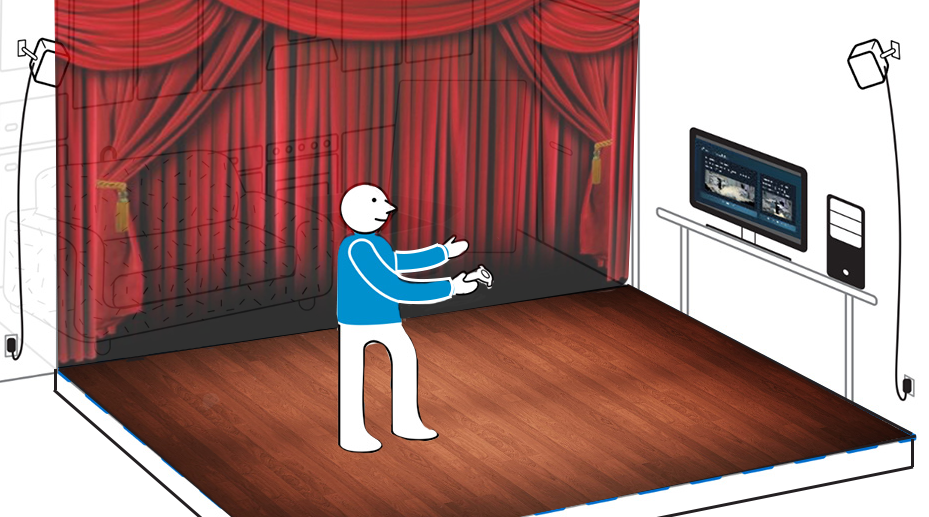
The stage plays a huge role in the entertainment industry. Concerts, theatrical plays, musicals, live TV shows, sitcoms, and of course dance all use a stage, on which the show occurs. It’s big business with large viewership.
Will Smith, not that Will Smith, co-founded tested.com and started Foo Show. He is creating talk shows in VR and launched the initial episode of the Foo Show in early 2016 and he making more.
If you’ve read Ready Player One you will recognize the name Gunter. The team at Gunter’s Universe have been producing a VR talk show since 2014. They have interviewed over 50 leaders in the VR industry.
Philip Rosendale, co-founder of High Fidelity, and former CEO of Second Life has brought his open world vision to VR. High Fidelity is an open source platform that allows developers to craft new worlds and places, including VR talk shows and virtual performances.
AltSpace is a social VR platform. They hold the record for the most number concurrent viewers watching a live show in virtual reality. They were also one of the first to bring celebrity entertainers into VR.
Virtual reality is still in its infancy. The only people who use it regularly are innovators and early adopters.
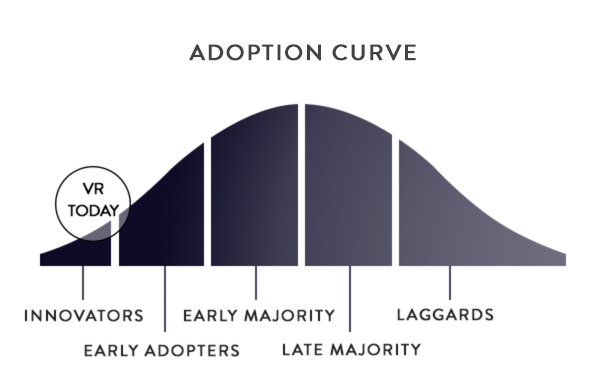
There are two challenges holding back mass adoption. The hardware needs to come down in price and VR needs more content. Seeing the tracking volume as a stage and empowering creators to make more content will help solve the content problem. We will have to wait on the hardware manufacturers to make the hardware more affordable, but fear not, it’s happening. Our future will be filled with amazing, captivating, and engaging VR performances on virtual stages.